March 1, 2024
They call it mellow yellow. Issue 19 of IN Magazine lands
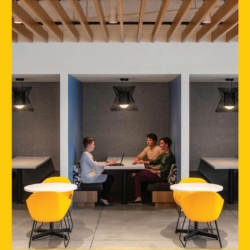 The new issue of IN Magazine has been published online today. In this issue: we ask why firms are so reluctant to change what they do; a dream of the past and future of work; Andy Lake talks about his new, visionary book; how AI might make cities worse; what inclusive design means; a panel of experts discuss what changing work practices mean for major business districts; why we must rethink how we light our streets and squares; how to strike the right balance when it comes to creating meetings in offices; and we take a grand tour through the Bucharest HQ of the world’s biggest travel group. More →
The new issue of IN Magazine has been published online today. In this issue: we ask why firms are so reluctant to change what they do; a dream of the past and future of work; Andy Lake talks about his new, visionary book; how AI might make cities worse; what inclusive design means; a panel of experts discuss what changing work practices mean for major business districts; why we must rethink how we light our streets and squares; how to strike the right balance when it comes to creating meetings in offices; and we take a grand tour through the Bucharest HQ of the world’s biggest travel group. More →





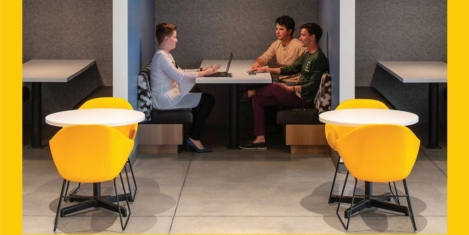






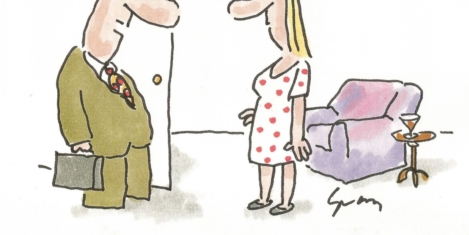
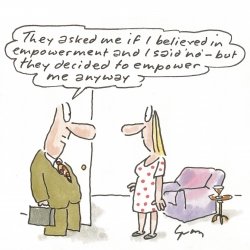


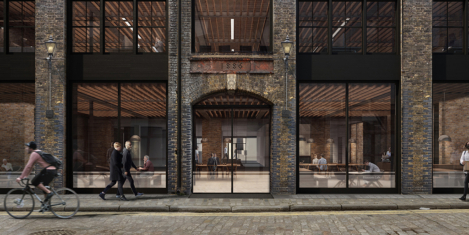
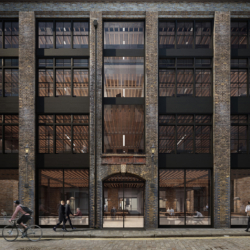
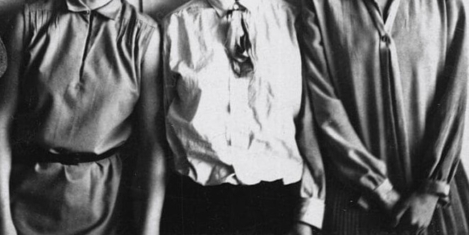
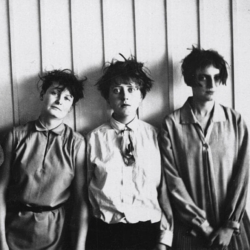


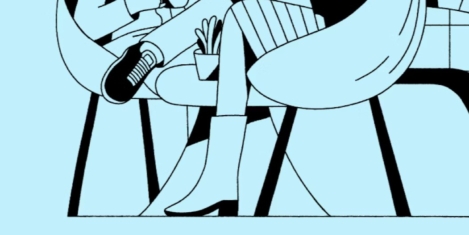
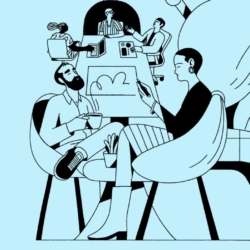
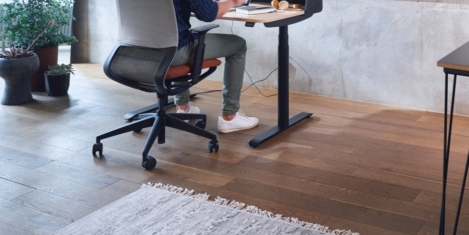
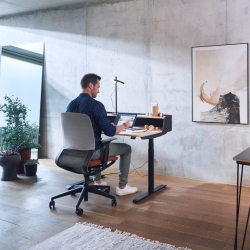



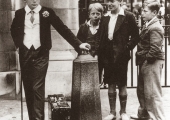
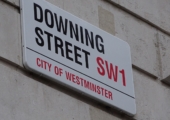





March 1, 2024
Navel gazing may not be the answer to the challenges facing workplace professions
by Mark Eltringham • Comment, Facilities management, Workplace, Workplace design
An adherence to strongly held beliefs can make people think and behave in peculiar ways and get them tangled up in peripheral issues that take on a great deal of significance. Early religious artists, for example, spent centuries wrestling with the seemingly intractable problem of whether to depict Adam and Eve with belly buttons or not. More →